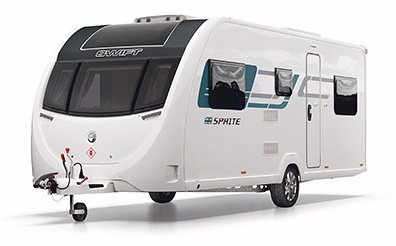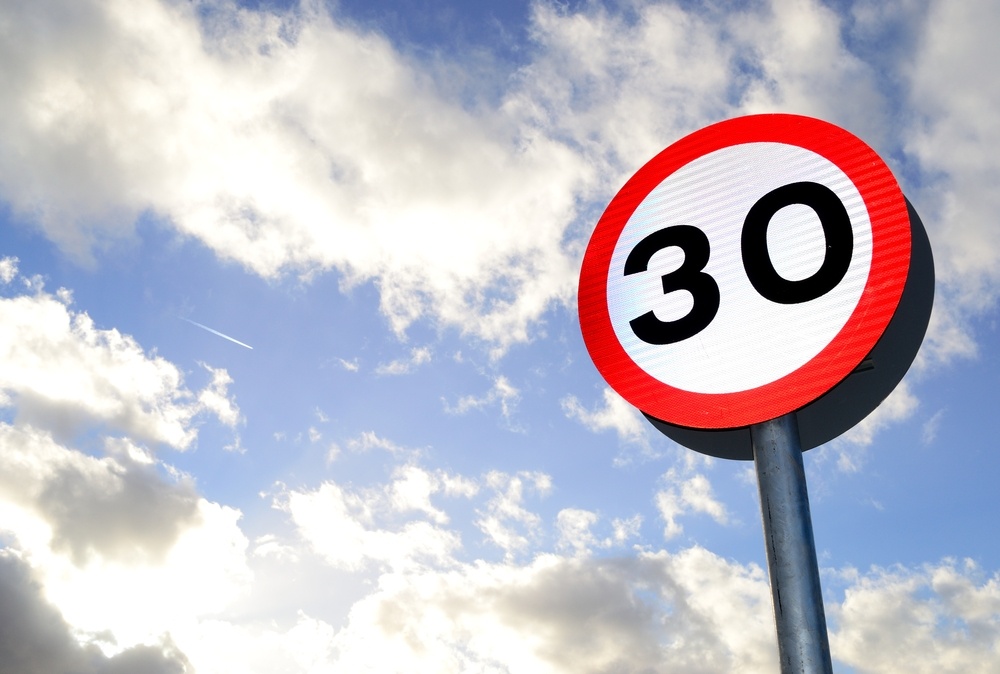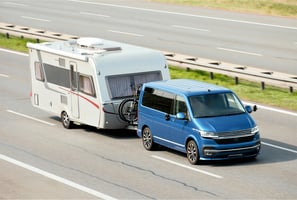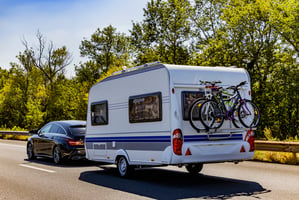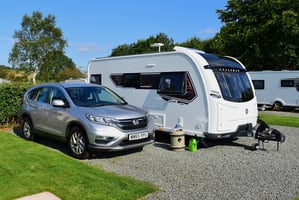What to think about when buying a secondhand caravan
If you’re planning to tow a caravan in the UK, it’s essential to know the speed limits on different types of roads, to ensure your safety and also to comply with the law. The speed limits for vehicles towing caravans are often different from vehicles that are not towing anything, and failing to adhere to them could result in you being fined or getting points on your licence - or even a dangerous situation happening on the road.
Let’s have a look at what the speed limits are when towing…

Motorways
When towing a caravan on a motorway, the maximum speed limit is 60mph. This is 10mph lower than the national speed limit for cars. The reduced limit aims to help maintain stability, as towing at higher speeds does increase the risk of snaking or losing control.
Additionally, caravans are not permitted in the right-hand lane of motorways that have three or more lanes, meaning you must stay in the left lane or middle lane, even when overtaking slower traffic. If there are only two lanes in operation, you can use the second lane to overtake and then you should move back into the left-hand lane.
Dual carriageways
On dual carriageways, the speed limit for vehicles towing a caravan is also 60mph. Dual carriageways often have higher speed limits for other vehicles (such as 70mph for cars), so it’s important to be aware of your restricted speed when towing on this type of road.

Single carriageways
For single carriageways, the speed limit is even lower. When towing a caravan, you must not exceed 50mph - these roads can be winding and narrow, making it more challenging to manoeuvre your car with a caravan attached. It’s important to be especially cautious when approaching bends, junctions and hills, as any sudden or sharp movements could destabilise your caravan.
Speed limits on other roads
In built-up areas with street lighting, the standard 30mph limit applies unless there are signs in place which indicate otherwise. Some residential or rural roads may have lower limits, such as 20 mph zones, particularly near schools or in villages. Just be sure to check the road signs and then adjust your speed accordingly.
The speed limits in built-up areas in Wales are lower for all vehicles than those in England, Scotland and NI - usually 20mph - so bear that in mind if you happen to be in Wales, with or without a caravan attached!

A note on overtaking…
As we said above, you mustn’t use the right-hand lane of a motorway with three or more lanes. If you need to overtake, do so from the left-hand lane, ensuring you have ample space and time to complete the manoeuvre safely. On single and dual carriageways, only overtake when it is safe, with clear visibility and enough room to return back to your lane without cutting off other drivers.
So hopefully that is helpful! Maintaining the correct lane position and also keeping to the correct speed limit not only keeps you and other vehicles safe on the road, but it also helps to prevent congestion and frustration for other road users. If you want to find out more, the government website on speed limits can be found here.
Happy towing!
Disclaimer: This is for information only. We’ve taken every care to ensure that the information within this article is correct, but please make sure to keep up to date with the legislation and guidance on this topic as things could change.


